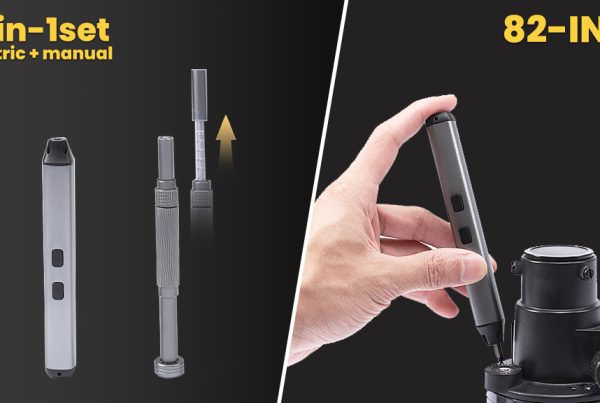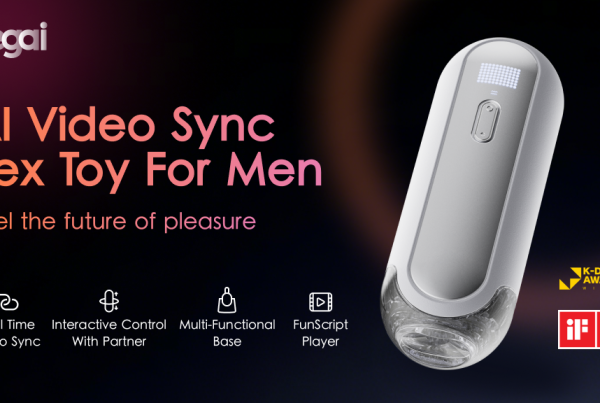Why should we back?
Intro
Welcome to KickstartNew! Today, we bring you a campaign that blends minimalism, mindfulness, and design: Thinking Egg IV – It’s Time To Slow The F*ck Down, by Orijin Design Company.
Thinking Egg is a small tactile object, often egg-shaped, meant to act as a “pause token” — a reminder to slow your pace, re-center your thoughts, and engage in micro moments of calm. The IV iteration claims to be the brand’s most ambitious yet, with four new “elements” meant to deepen that experience.
In this post, I’ll walk you through why you might want to back this, what risks to watch out for, how trustworthy the project seems, and a final verdict to help you decide.

Why should I back this project?
-
Tactile Mindfulness & Intentional Pause
The core idea behind Thinking Egg is that it is a small physical object you can carry and touch — a kind of anchor or trigger to slow down. It aims to deliver a mental “pause button” in a world full of noise. -
Evolution & Established Lineage
Thinking Egg IV isn’t Orijin’s first. Earlier models (Thinking Egg II, III) have built up a track record and community.
That gives you a reference point for how prior versions performed and how the brand iterated over time. -
Strong Backing Momentum & Community Support
The campaign is already hugely surpassing its modest funding goal. As of now, it’s over 3855% funded with nearly 2,000 backers.
High demand helps increase confidence in viability, scale, and willingness of the team to deliver. -
Design & Material Variety
Previous models of Thinking Egg were offered in materials like brass, stone, wood, and more.These tactile variants help backers pick what feels best in hand, which is central for a product that depends on touch and feel. -
Emotional & Experiential Value
Products like Thinking Egg sell less on utilitarian function and more on the internal experience — the value comes when it helps you reset, clear your head, or just slow down in stressful times. If that resonates with you, backing can feel meaningful beyond monetary return.

What are the potential drawbacks you should consider when you back it?
-
Abstract value, subjective benefit
The “benefit” of Thinking Egg is inherently conceptual — it’s about mindfulness, mental refresh, and presence. If you prefer concrete, functional products (gadgets, tools), you may find its value too intangible. -
Overpromising vs reality
While the campaign uses evocative language (“slow the hum,” “quiet rebellion”), how strong the effect is for each individual varies. What feels like a strong cue to pause for some might feel gimmicky to others. -
Size, portability, and wear
Being small and carried regularly means the piece will face wear and tear: scratches, dents, fading finish. The tactile surface may degrade over time, especially for metals or soft finishes. -
Manufacturing & quality consistency
When creating fine objects (especially in small batches or in exotic materials), maintaining uniform quality, finishing, and tolerances can be challenging. Slight variations or defects could slip through. -
Backer fulfillment delays
Like many Kickstarter projects, delays in production, shipping, customs, or quality checks are possible (and common). If you back this, be ready for the timeline to slip.

The reliability of the project
-
Track record of Orijin & prior Thinking Egg versions
Orijin has already released earlier models of Thinking Egg. For example, Thinking Egg II raised notable funds and had a following.
The consistency across versions suggests the team is evolving rather than starting fresh each time. -
Transparency & detailed campaign breakdowns
The Kickstarter page provides descriptions of new elements, visual renderings, and details about what the “IV” version adds.
Also, the BackerKit page shows funding progress, number of backers, and current status. -
Strong market reception & demand
The campaign’s overfunding by thousands of percent is a sign that many people believe in the concept. -
Use of pledge / fulfillment tools (BackerKit)
They are using BackerKit to manage pledges and fulfillment, which is a known platform in the Kickstarter ecosystem.




